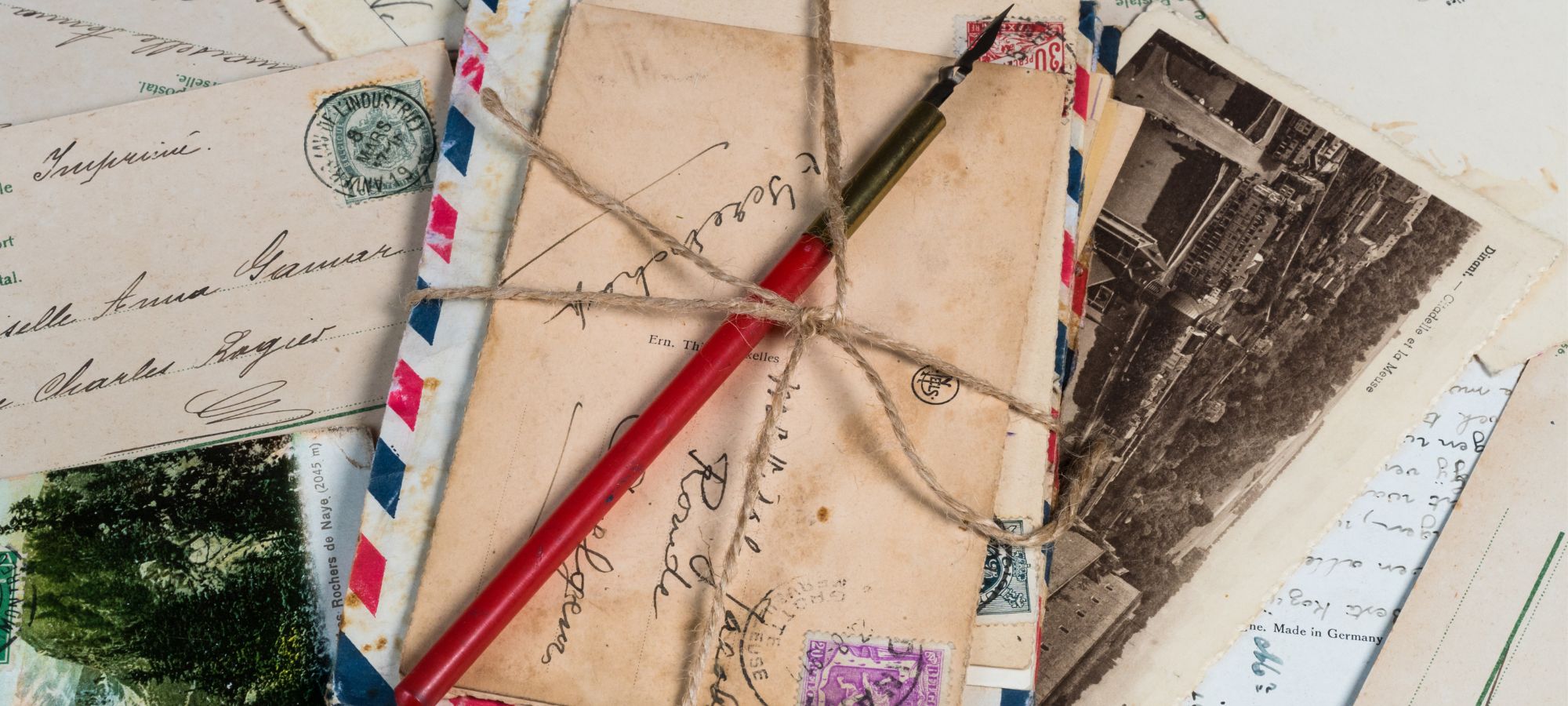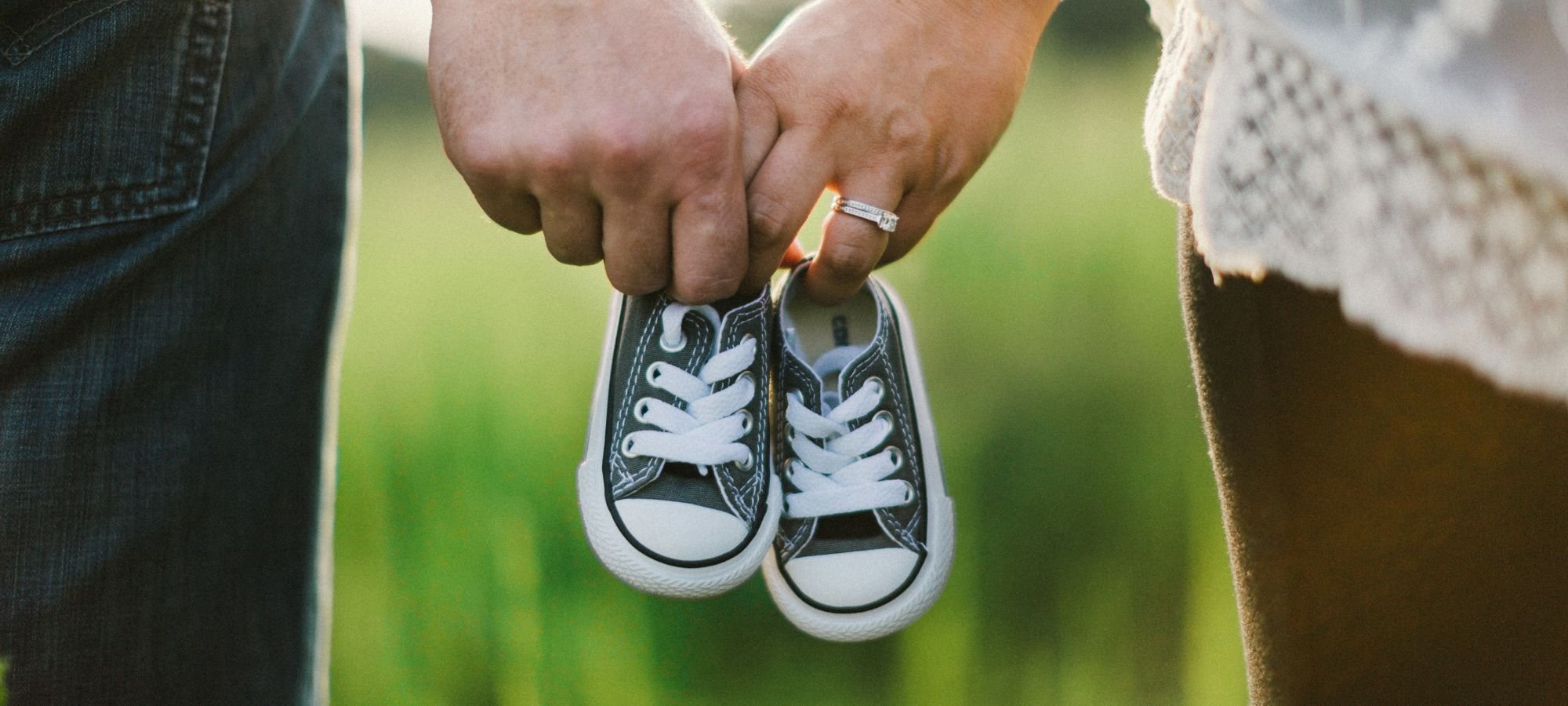These days with nearly everything being done online there’s not many occasions when we actually take a trip down to our local letterbox and post something. Whether it’s just been a while or maybe you’ve genuinely never even sent a letter before, if you find yourself wondering things like what side does a stamp go on and what information to include then this is the blog for you.
Perhaps you’re a small business owner who needs to send out letters, have gone back in time to the days of pen pals, or the more likely situation of sending a birthday card in the post we’re here to help teach you how to address an envelope properly.
Why it’s important to learn how to address an envelope properly
While you might think you know where to write an address on an envelope, are you 100% sure about that? What about if you’re sending something internationally or are sending a business letter?
Given that it’s a blank space some people go for the middle to keep it central and there’s even probably somebody who’s written it on the back before. While including the correct information is the most important thing it’s still useful to know things like how to write an address on a letter correctly (and avoid any embarrassment too).
Of course, the postal service and courier will try their best to deliver your letter even if it’s addressed poorly, but doing it properly makes their life easier and more likely to be delivered. Although worst-case scenario, as long as you include a return address on the back then it will just make its way back to you and you can try again.
What is a return address?
A return address is the sender’s own address, aka where you live. You can include a return address on the back of an envelope when sending a letter and this means that if for whatever reason your letter can’t be delivered then it will sent back to your address.
How to address a letter correctly
How many times a year do you reckon you send a letter? Probably not many we’d guess. While you can usually get away with sending an email nowadays there are some occasions when a physical letter is more appropriate.
At thortful, we believe that no question is a silly question and have pulled together everything you need to know about how to address a letter correctly including how to write the address on an envelope properly, what information you need to include, and where to put your stamp.
How and where to write the address on an envelope
When sending a letter, the two most important things to remember are a stamp and the address. But how and where should you write the address?
Typically, this is how you’ll want to structure the address:
Recipient’s name
House number and street name
City or town
County
Postcode (written in capitals)
Now you know how to layout the address, there are also some other things to when it comes to the actual writing:
- Generally speaking, you should write the address in the bottom left corner on the front of your envelope.
- Make sure that the address is fully visible, so leave a fair margin when writing.
- We appreciate that not everyone has the best handwriting, but you should still try make it as clear and easy to read as possible (or you could even consider printing out the address if you really do just scribble).
- Envelopes don’t follow standard grammar rules so there’s no need to worry about commas or full stops.
How do you write an international address?
Now you know about addressing a letter in the UK, but what about if you’re sending something internationally? Well, there are a few other things to bear in mind including writing the country name at the bottom and always include a return address.
Each country may have its own way to format international postal addresses, something which you can look into yourself, but this is a basic template of how it could look:
Recipient’s name
House number and street name
City or town
Province, state or department and postal code
COUNTRY (written in English and in capitals)
If the country you’re sending post to is in Europe, you should put the postcode just before the town. For example, 75006 Paris. Since you’re probably not familiar with international addresses, be sure to double check everything is right before sending.
Are there any differences between addressing personal and business envelopes?
When it comes to sending business letters, there are a couple of different pieces of information you’ll need to include compared to personal envelopes such as the company name and specific team or department.
Here’s an example of what this might look like:
Company
Department
Recipient’s name
Building name (optional)
Building number and street name
City or town
County
Postcode
What side does a stamp go on?
We’re not really sure how you could be doing this wrong unless you’ve seriously never seen a letter in your entire life (although there’s always someone, isn’t there).
Unlike the old days you no longer need to lick stamps, but one thing that hasn’t changed is the placement. Stamps still go in the upper right corner of your envelope on the same front-facing side as where you’ve written the address. It’s important that the stamp is fully visible and not bent over a corner.
Now feel free to get back to your letter writing and be confident that you’re not going to make a fool of yourself by addressing your envelope wrong! Uh-oh, but what about if you’re stuck when it comes to actually writing out your message, don’t worry! We’ve got a whole load of what to write guides over on the thortful blog covering all sorts such as what to write in a wedding card and what to write in a leaving card.






